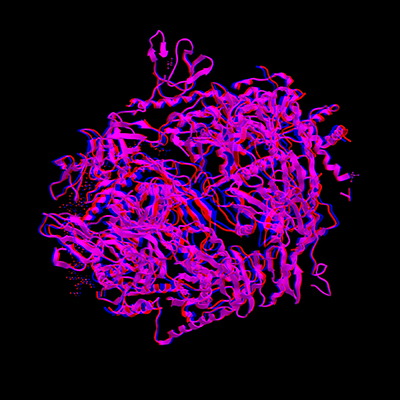March 31, 2023 -- Astellas Pharma has helped develop a system for using small molecules to regulate gene expression that could improve the safety of gene therapies.
The approach, details of which were published in the Journal of the American Chemical Society, is based on riboswitches. As other researchers have shown, combining an aptamer, a single-stranded nucleic acid that specifically binds to a small molecule, with other RNA elements and inserting the package into a mRNA transcript can enable the regulation of gene expression.
Depending on whether the small molecule is present, the mRNA is either "on" or "off." The mRNA will only trigger the production of the protein it encodes for when it is in its "on" state. As such, the delivery of the small molecule can control when the protein is produced. Riboswitches have potential benefits over gene switches based on protein transcription factors in terms of immunogenicity, genetic size, and the need for an engineered promoter.
However, the impact of the technology has been limited by the limited number of small molecules and linked aptamers that function in mammalian cells and the need to administer high concentrations of the small molecules to enable gene regulation. Astellas, working with collaborators at the Okinawa Institute of Science and Technology (OIST), is trying to overcome the limitations and increase the utility of riboswitches.
In the latest project, the collaborators conducted in vitro selection of RNA aptamers against ASP7967, a small-molecule potassium voltage-gated channel inhibitor developed by Astellas. ASP7967 is structurally similar to ASP2905, a drug candidate that Astellas has tested in humans. The screens found an aptamer that was used to design riboswitches that activate gene expression upon encountering ASP2905 or ASP7967.
After showing that exposure to the small molecules increased protein production by up to 300-fold in cells, Astellas incorporated a riboswitch into an adeno-associated virus serotype 8 vector that expressed human erythropoietin (hEPO). The protein is used to treat anemia associated with chronic kidney disease; a gene therapy could free patients from repeat injections and maintain steady hEPO levels.
After delivering the riboswitch, Astellas gave the mice oral ASP7967. The presence of the small molecule caused levels of hEPO to rise to 7.2 times higher than in the control group, suggesting that ASP7967 put the riboswitch into its "on" state and triggered the production of the protein. While the results are encouraging, and the research is ready for nonclinical use, OIST's Yohei Yokobayashi said in a statement that "further improvement is required for clinical applications, such as gene therapy."
The researchers are actively searching for new partners to help advance the technology.
Copyright © 2023 scienceboard.net











